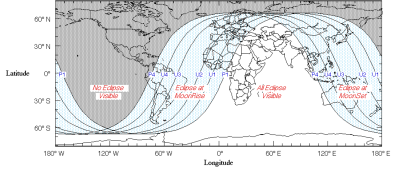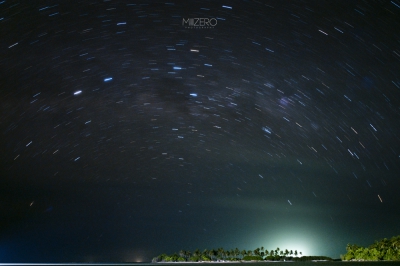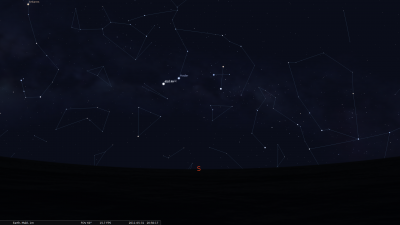Friday, June 17. 2011
Sri Lanka's Killing Fields
I just watched the documentary film "Sri Lanka's Killing fields", Channel 4's investigation into the civil war and the alleged crimes against humanity in Sri Lanka. The conflict in Sri Lanka (which lies just ~700 km from the Maldives), between the majority-Sinhalese Sri Lankan government and the separatist Tamil Tigers began in 1983 and cessation of hostilities was finally declared in 2009. By all accounts, the final several months of the war was intense and produced heavy casualty. The Channel 4 film shows highly highly disturbing footage and pictures of brutal, cold murder and abuse - by both the Sri Lankan army and the rebels. Is the cost of current "peace" in Sri Lanka morally justifiable? The full film is available on Youtube, which I've linked to below.
To put the war into better perspective, it might be helpful to compare it with the Palestine-Israel conflict which is more familiar and evokes louder, more vehement reactions and emotions in Maldivians. The conflict in Sri Lanka resulted in 80,000-100,000 deaths (conservative estimate according to many) in the period 1983-2009, while the Palestine-Israel conflict has resulted in 14,500 deaths in the period 1948-2009. That translates to 3076 deaths/year in Sri Lanka versus 237 deaths/year in Palestine-Israel! By no means do I wish to suggest that the lesser number discounts the killings or belittles the suffering in the Palestine-Israel conflict but I do wish to communicate the scale and the gravity of the situation that was in Sri Lanka...
I am left feeling more misanthropic than ever.
To put the war into better perspective, it might be helpful to compare it with the Palestine-Israel conflict which is more familiar and evokes louder, more vehement reactions and emotions in Maldivians. The conflict in Sri Lanka resulted in 80,000-100,000 deaths (conservative estimate according to many) in the period 1983-2009, while the Palestine-Israel conflict has resulted in 14,500 deaths in the period 1948-2009. That translates to 3076 deaths/year in Sri Lanka versus 237 deaths/year in Palestine-Israel! By no means do I wish to suggest that the lesser number discounts the killings or belittles the suffering in the Palestine-Israel conflict but I do wish to communicate the scale and the gravity of the situation that was in Sri Lanka...
I am left feeling more misanthropic than ever.






